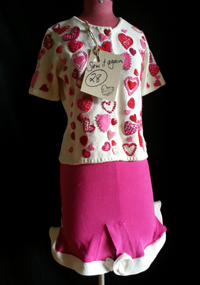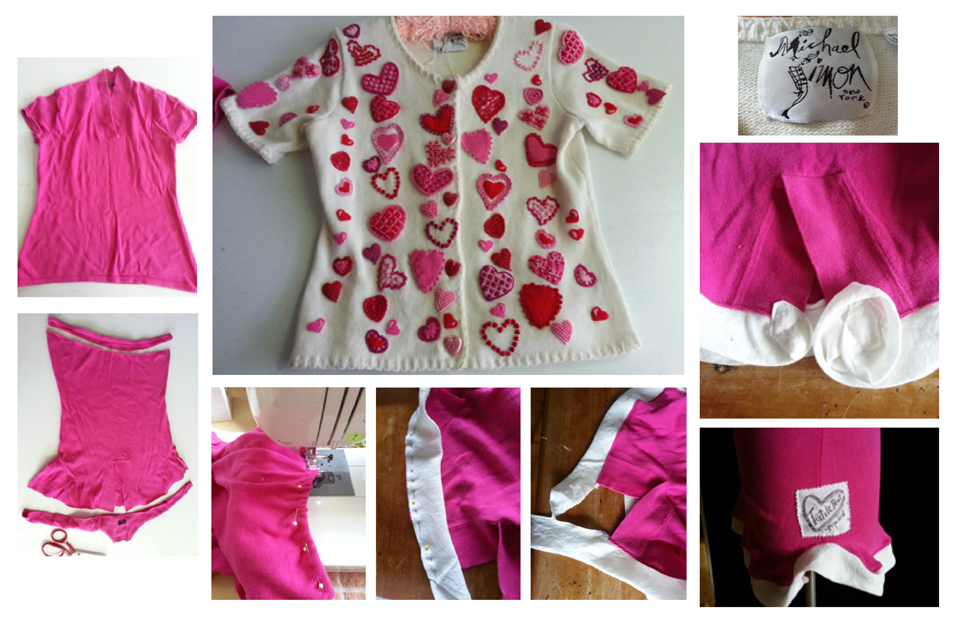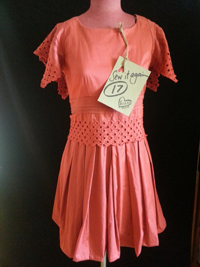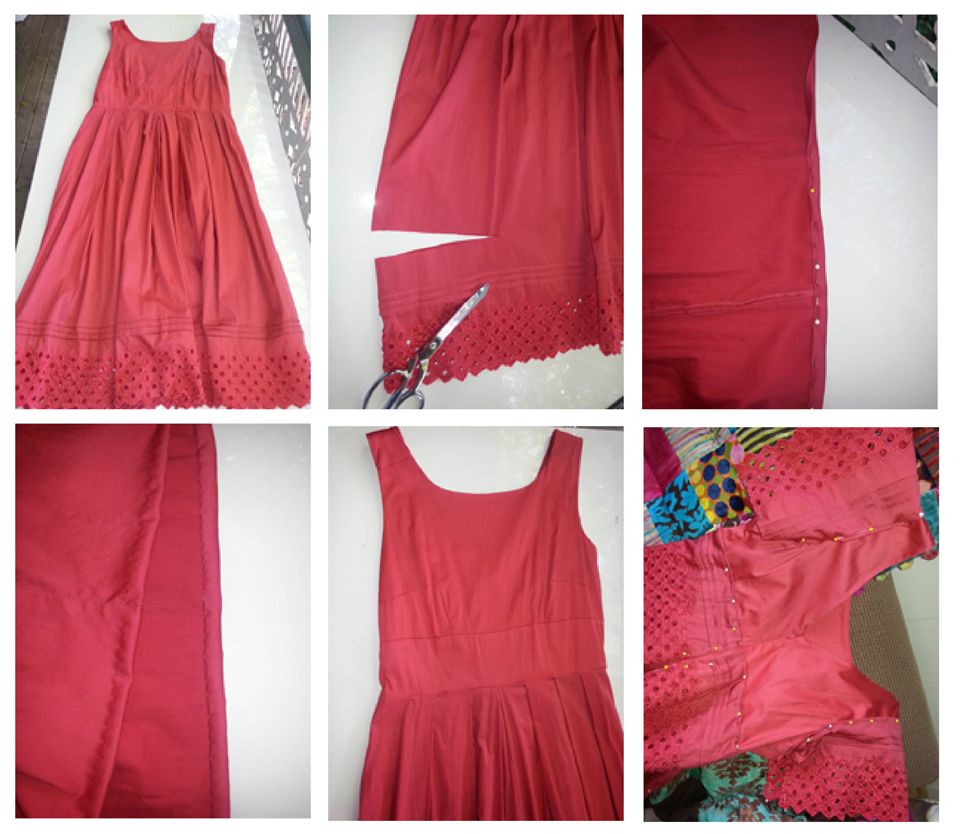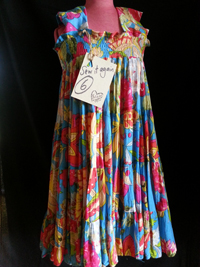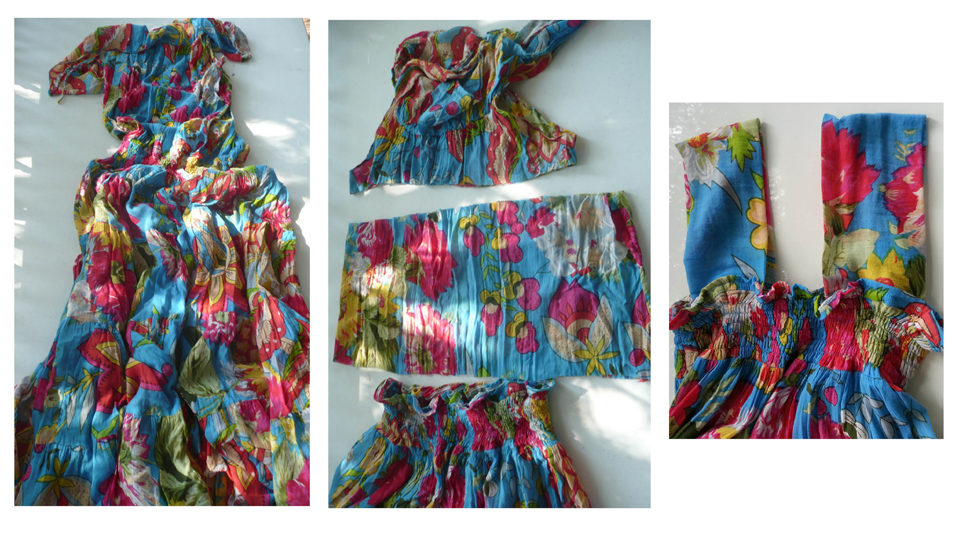 Learning from the experience, knowledge, ideas and skills of others helps us navigate the thrills and spills of life.
Learning from the experience, knowledge, ideas and skills of others helps us navigate the thrills and spills of life.
As a parent, I’ve passed on what I know to three offspring and it is exciting today to be celebrating our son Casey and his fiancée Jenna Moir’s engagement at the Gold Coast – thrilled to have another woman joining our family. (see nostalgia photo of Casey and I below)
One of my favourite women Georgie Somerset brought my attention to a recent Women’s Agenda post that shared key lessons from successful women to help at work, at home and in life. Great wisdom in these quotes:
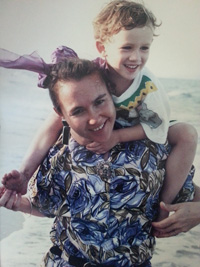 “Done is better than perfect. I have tried to embrace this motto and let go of unattainable standards. Aiming for perfection causes frustration at best and paralysis at worst.” Facebook’s Sheryl Sandberg, Lean In
“Done is better than perfect. I have tried to embrace this motto and let go of unattainable standards. Aiming for perfection causes frustration at best and paralysis at worst.” Facebook’s Sheryl Sandberg, Lean In
“The way we’ve defined success is no longer sustainable for human beings or for societies. To live the lives we truly want and deserve, and not just the lives we settle for, we need a Third Metric, a third measure of success that goes beyond the two metrics of money and power, and consists of four pillars: well-being, wisdom, wonder and giving.” Huffington Post founder Arianna Huffington in Thrive: The Third Metric to Redefining Success and Creating a Life of Well-Being, Wisdom, and Wonder. I wrote about Beyond Power and Money earlier this year. Continue reading
